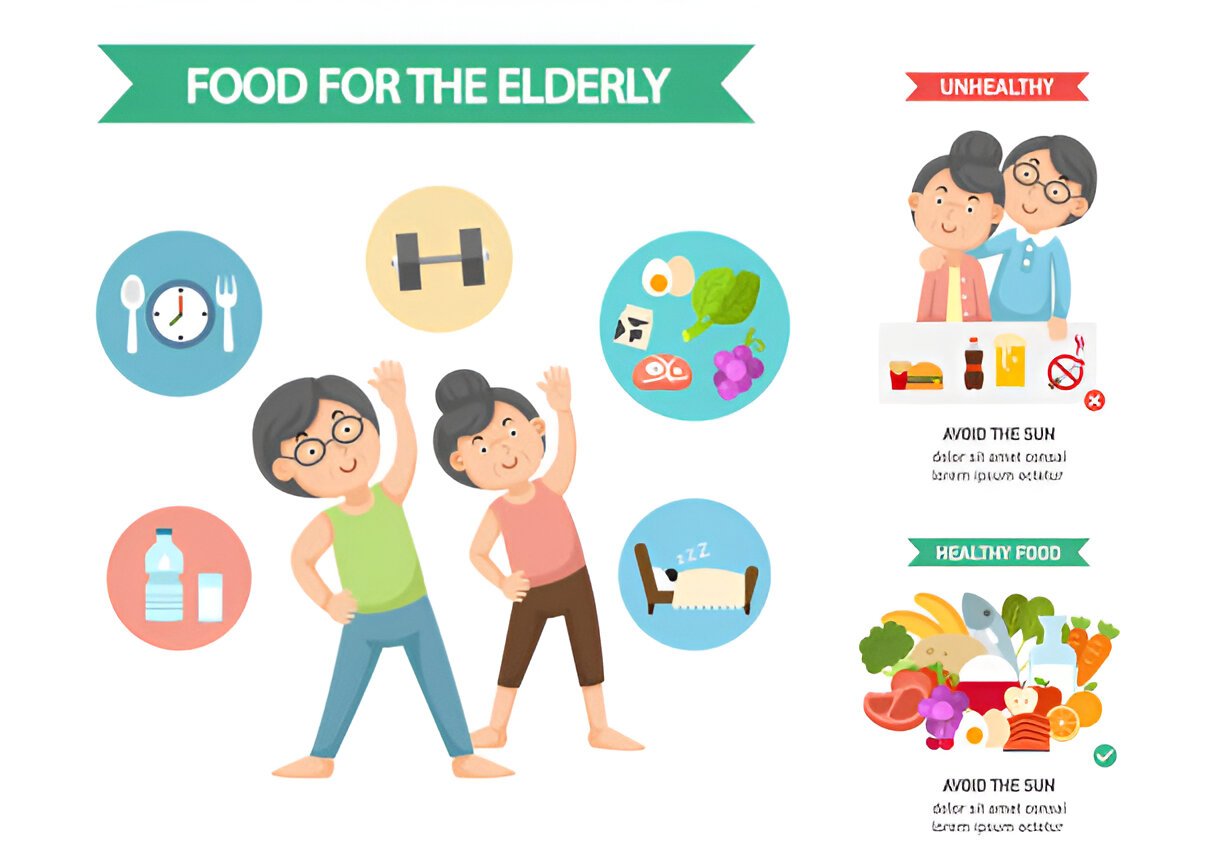
Dining out can be one of life’s greatest pleasures, but it can also pose challenges when you’re trying to make healthier food choices. Restaurants often serve large portions, use more oil and butter than you’d typically cook with at home, and include dishes high in added sugars, salt, and unhealthy fats. However, with a little planning and some smart decisions, you can enjoy dining out without derailing your health goals. Here are some expert tips for eating healthy while dining out and making better choices at your favorite restaurants.
1. Review the Menu Ahead of Time
Before heading out to a restaurant, take a moment to review the menu online. Many restaurants post their menu options, including nutrition information, on their website. This gives you a chance to make an informed decision before you’re tempted by the offerings at the table.
- Tip: Look for dishes that include vegetables, lean proteins, and whole grains. Avoid items that are fried, smothered in cream sauces, or loaded with cheese.
2. Control Portion Sizes
Restaurant portions are often much larger than what you would typically eat at home. One way to avoid overeating is to ask for a smaller portion or ask for a half-order of your dish. Alternatively, you can share your meal with a friend or ask for a take-out box right away and save half for later.
- Tip: If the portion is large, consider asking for a smaller size or immediately boxing up half of your meal to prevent overeating.
3. Start with a Salad or Soup
Starting with a salad or soup can help curb your appetite and prevent overeating during the main course. Choose a salad with plenty of fresh vegetables and lean proteins (like grilled chicken or tofu), and ask for dressing on the side to control how much you use.
- Tip: Opt for a broth-based soup instead of creamy soups, which are often high in calories and fat.
4. Choose Grilled, Baked, or Steamed Options
Dishes that are grilled, baked, or steamed tend to be healthier than those that are fried or sautéed in heavy oils or butter. Grilled chicken, fish, or vegetables are great options that keep the meal flavorful without adding unnecessary calories.
- Tip: If you’re ordering a meat dish, ask for it to be grilled or baked instead of fried. Request dressings and sauces on the side to avoid hidden calories.
5. Watch Your Drink Choices
Beverages, especially sugary cocktails, soda, and alcohol, can quickly add up in calories. Opt for water, sparkling water with a twist of lemon or lime, or unsweetened iced tea. If you’re having wine or another alcoholic beverage, stick to one glass and watch the mixers, as they can add sugar and empty calories.
- Tip: Drink a glass of water before and during your meal to stay hydrated and help control your appetite.
6. Customize Your Dish
Don’t hesitate to ask for modifications to your meal. Most restaurants are willing to accommodate healthy requests, such as substituting a side of vegetables for fries or asking for less oil in your dish.
- Tip: Request vegetables instead of starchy sides like mashed potatoes or white rice. You can also ask for your meal to be prepared with less salt or butter.
7. Avoid Overloaded Appetizers
Appetizers can be tempting, but many are loaded with calories, fat, and sodium. Instead of starting with a fried or creamy appetizer, consider a healthier choice like a vegetable platter, a small portion of hummus with whole-grain pita, or a fresh salad.
- Tip: Skip the deep-fried options and go for appetizers with vegetables or lean proteins like shrimp cocktail or a caprese salad.
8. Mind Your Sauces and Dressings
Sauces and dressings can add significant amounts of calories, sugar, and unhealthy fats to your meal. Ask for sauces on the side so you can control how much you use. Additionally, choose lighter dressings like balsamic vinaigrette or olive oil, and avoid creamy, cheese-laden sauces.
- Tip: Request dressings on the side and dip your fork into the sauce before each bite to avoid overindulging.
9. Be Careful with Starches
While bread, pasta, and rice can be delicious, they are often high in simple carbohydrates that can spike your blood sugar. Limit your intake of bread, and ask for whole-grain options if available. If you’re ordering pasta, ask for a small portion or consider zoodles (zucchini noodles) or another vegetable-based option.
- Tip: Choose whole grain or vegetable-based pasta options, and ask for a small portion. Skip the bread basket, or ask the waiter to remove it from the table.
10. Listen to Your Body’s Hunger Cues
It’s easy to overeat when you’re distracted by conversation or when food is placed in front of you. Pay attention to your body’s hunger signals and stop eating when you feel satisfied, not stuffed. Eating slowly and savoring each bite will also help prevent overeating.
- Tip: Slow down and enjoy your meal. Put your fork down between bites, and stop eating when you’re no longer hungry, even if there’s food left on your plate.
11. Balance Your Meal
Aim for a balanced meal with a combination of lean protein, healthy fats, and plenty of vegetables. This will keep you full longer and provide essential nutrients for energy and overall health. Avoid meals that are heavy in just one category (like pasta or bread) and look for options that include a variety of food groups.
- Tip: Choose dishes with at least one serving of vegetables and a healthy protein source, such as grilled fish, chicken, or legumes.
12. Dessert with Moderation
If you’re craving something sweet, consider sharing a dessert with a friend or opting for a lighter choice like sorbet or fresh fruit. Many restaurants offer smaller portions of desserts or lighter alternatives like fruit sorbets or yogurt parfaits.
- Tip: Share a dessert, or ask for a small portion if you’re craving something sweet after your meal. Fresh fruit is a great healthy alternative to heavy desserts.
Conclusion
Dining out can be an enjoyable experience without compromising your health goals. By making mindful choices, customizing your meals, and being aware of portion sizes, you can enjoy delicious food while still sticking to your healthy eating plan. Remember, it’s all about balance, and with these tips, you can indulge in the pleasures of dining out without overindulging. The next time you’re out with friends or family, apply these strategies to make your meal both satisfying and nourishing for your body.












